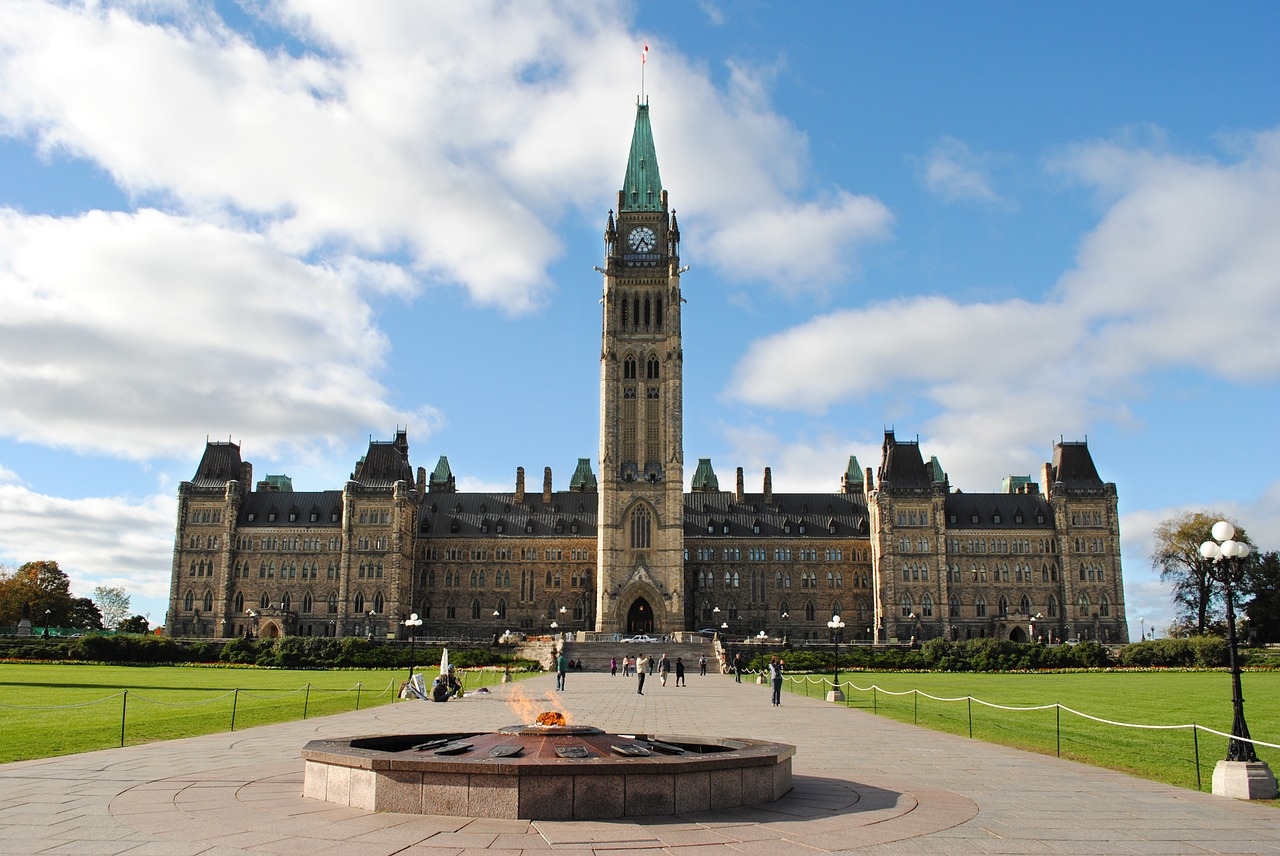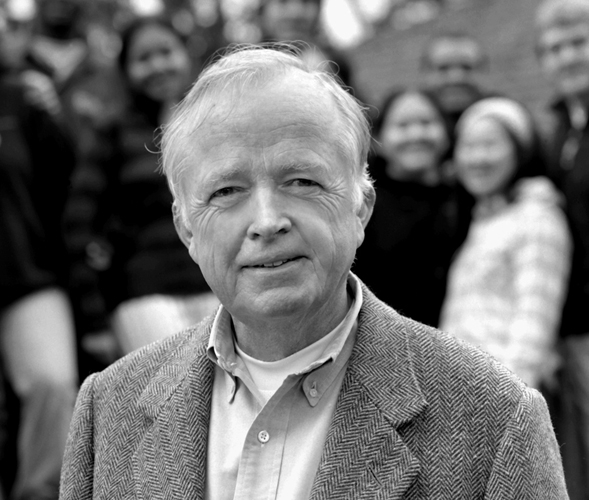
The curvature of political space
One of the triumphs of 20th century physics was the proof that space is curved. But whilst the great swaths of interstellar space are indeed seen to be curved, on the smaller earthly scale, political space of the 20th century was routinely viewed as linear, with left and right being the bookends of a convenient spectrum, with everything else in between.
It seems we were wrong. The political space is also curved, and as the radius of that arc in front of us diminishes, and the ends are no longer in plain view, the extreme left and the extreme right are commingling surreptitiously behind our backs.
So it should surprise no one that the yellow vest movement in France has fulminating elements of both. And it is not just that both extremes are willing to employ the most arbitrary methods, to eschew real debate and to use violence, intimidation, or feigned outrage to silence opponents. Much of the world is seeing the rise of so-called populist movements that tend to share certain common features. While usually, but not always, employing rhetoric of the hard right, these movements also demand benefits from government or action by government that have been notable touchstones of the left. On the other hand, the traditional left, which has always had an admirable penchant for supporting and encouraging underdogs, has of late been inclined to back some admittedly disadvantaged underdogs who regrettably espouse the most fervent reactionary, racist, discriminatory, and even feudal views. The ends of the curve flirting with each other is disconcerting indeed.
Even in academe, where open debate has been protected for about three generations, there is now a persistent effort by so-called progressives to enforce a new orthodoxy using the traditional methods of the far right. Again, the ends of the curve meet.
What is common ground to both ends of the political spectrum is that the adherents of both extremes harbour a deep resentment of the power of so-called “privileged elites” and a deep suspicion of any information emanating therefrom. And while there is a noble aspect to the attempt to wrest some power from “elites”, the most disturbing feature of the mindset of those at the apex of this new fusion of the two extremes is the profound and palpable contempt for expertise.
Yes, the elites have had it their own way for a damned long time, even if those who comprise the elite changed with each era. But within those bastions of privilege, be they economic, social or academic, are stored the accumulated knowledge that humans have amassed over a few thousand years. To believe that all this knowledge is really conspiracy, and that there are “alternate truths” just a click away, scripted by a fantasist in a basement, perhaps, but just as good as knowledge tested in the fires of debate or experiment, of peer review and reconfirmation, is to throw away civilization and any chance of improvement in the human condition or uplifting of the spirit.
But today’s extremists, in occupying the pretend moral high ground, are inclined to insist that the discourse of virtually every public official, every scientist or scholar or other expert, and every person of means is suffused with blatant self-interest, and indeed conflict of interest, and that there are no facts, only opinions. Thus facts can, in the new parlance, be countered by “alternate facts”. Hence the anti-vaccine movement and the like. Such folk cannot dare to believe that those with special expertise, even if privileged, might speak actual truth out of genuine public interest, out of concern for others, and out of a sense of public duty, because it clashes with their world view. The idea that those with special expertise and/or exceptional insight could have produced something called “progress” undermines the revolutionary agenda of the fused extremes.
Nonetheless, progress exists. And it was made, and will continue to be made, by the people with open minds, not closed ones. The trick is where to find them. As one contemplates again our no longer linear, but now hopelessly curved opinion spectrum, one is far more likely to find them by striding forward towards the center of the arc than going backward to the confederation of the extremes.








